Wood's Cabin
Introduction
Author-Uploaded Audio
This introduction is part of the Frisco Historic Park & Museum self-guided audio tour. It is meant to mimic the style of oral histories.
Text-to-speech Audio
The Wood's Cabin is one of the oldest structures in Frisco, built around 1860. This little cabin stood proudly through many historical eras and illustrates the transformations of commerce in Frisco. At the turn of the 20th century, Frisco became an important transportation hub. Mail, mining supplies, food, clothing, and people, passed through the town. They first rode on wagons and stagecoaches before being loaded onto one of the two railroads that ran through town. Businesses and residences lined Main Street, consisting of boardinghouses, hotels, livery stables, Blacksmith shops, and the post office. Following the devaluation of silver in 1893, businesses closed and families moved away. It was not until later decades that Frisco came to life again thanks to an economy based on summer and winter recreation.
Images
Wood's Cabin, circa 2020
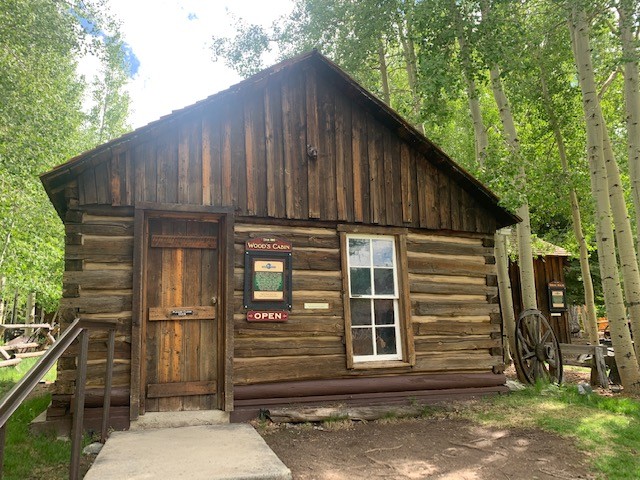
Louis Wildhack and his grandson, sitting on the wagon used to carry mail from the post office to the train depot. Circa 1920
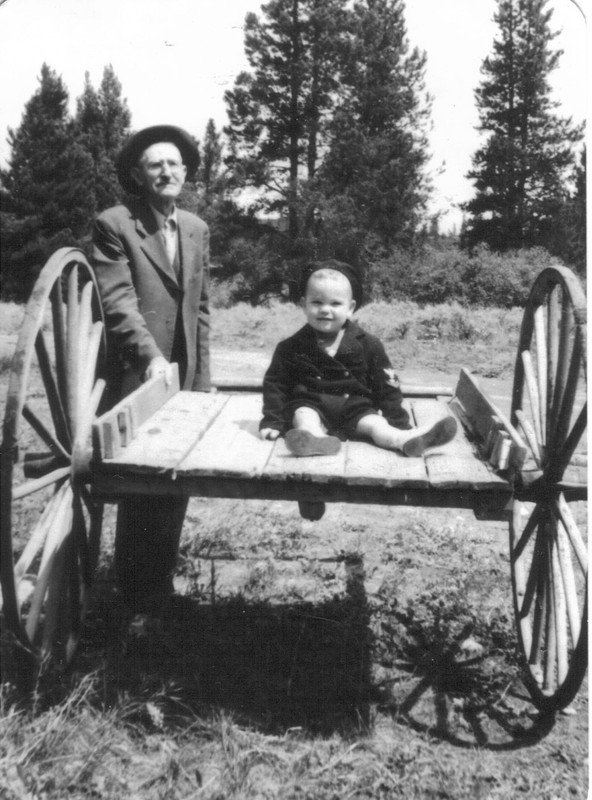
A mail cubby used in Frisco around the turn of the century.
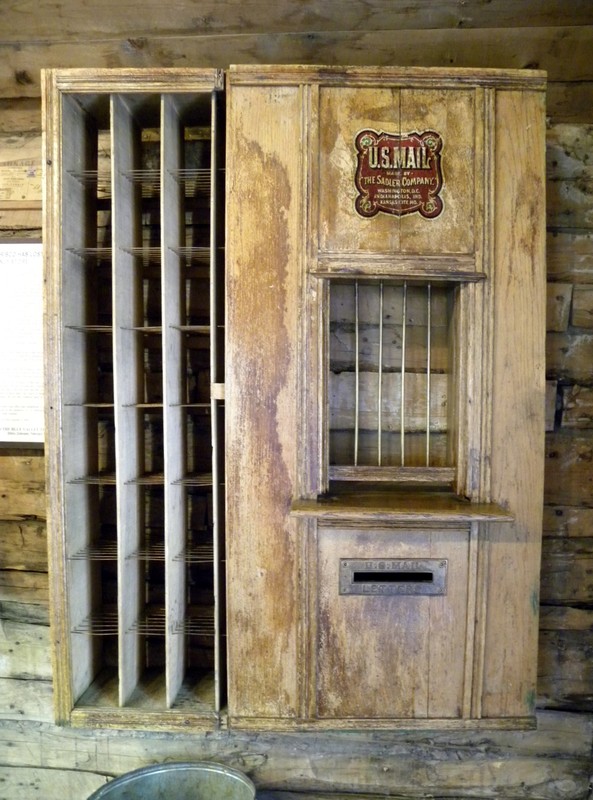
The Wildhack Family. Circa 1890
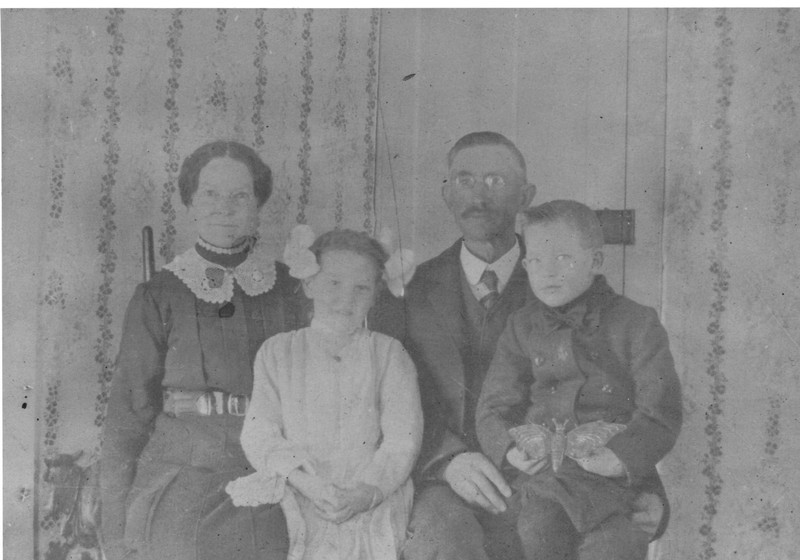
The Woods Cabin on its original location. Circa 1983
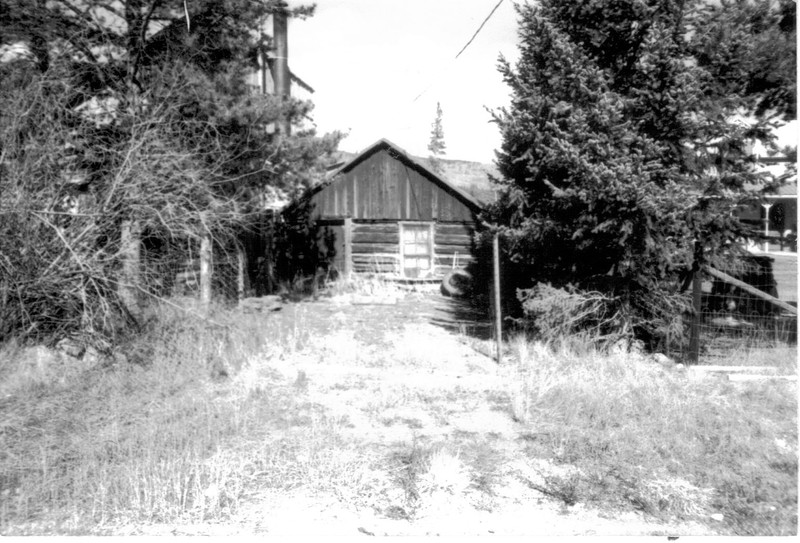
Backstory and Context
Text-to-speech Audio
Frisco’s oldest standing structure, Wood’s Cabin was constructed from pioneer logs before Colorado’s statehood, and before the founding of Frisco. The Wood’s Cabin is estimated to have been built around 1860 during the Civil War Era. The structure served many functions: a family home, a post office, a bank, a madam’s house, a saloon, and a storage space. It was common in small towns for one building to have multiple uses.
This structure tells the story of commerce in Frisco and sheds light on how goods moved throughout Summit County, and the rest of the United States. Beginning in 1880, the Denver Rio Grande Railroad began laying rails from bustling Leadville over Fremont Pass, through Tenmile Canyon, and into Frisco. The Denver South Park & Pacific arrived soon after, steaming down Boreas Pass through Breckenridge and onto Frisco. The railroads supplied a burgeoning Frisco with its lifeblood: transportation. Silver Ore from the Leadville and Tenmile mining districts was loaded onto train cars for shipment to large smelters and mills in Denver. Since Summit County farmers cultivated only a few crops aside from small patches of potatoes, canned food arrived on the trains during the return trip to Denver. Small shops housed in cabins, like Wood’s cabin, multiplied as more specialty goods and commodities arrived in town.
The mail was also carried by train, and under the supervisor of a postmaster, was brought to the post office for distribution. Here in Frisco, well-known postmaster Louis A. Wildhack, oversaw all things related to letters during his tenure from 1914-1935. He also served as a mining consultant, oversaw local elections, and supervised a number of construction projects during his 50 years in Frisco. Mail delivery was an essential part of Western living. Far-flung townsfolk could stay up to date on national and international news, keep in touch with family members thousands of miles away, and order all kinds of products from various catalogs.
Despite its vibrant and vintage history, the Wood’s Cabin was a late arrival to the Frisco Historic Park & Museum. Members of the former Frisco Historical Society saw the value in the dilapidated shack and brought it to the Historic Park in 1998. Nowadays, Wood’s Cabin represents the diversity of products available to Frisco residents around the turn of the 19th century: unusual patent medicines, canvas sacks of barley, fine Prince Albert Tobacco, and, of course, canned clams.
Sources
Duane Allen Smith. “Mining Camps: Myth vs. Reality.” The Colorado Magazine, Spring 1967.
Mary Ellen Gilliland. Summit: A Gold Rush History of Summit County, Colorado. Dillon, CO: Alpenrose, 2006.
Sandra F. Mather, and Frisco Historic Park & Museum. Frisco and the Ten Mile Canyon. Images of America. Charleston, SC: Arcadia Pub., 2011.
Sandra F. Mather, and Bob Schoppe. Summit County’s Narrow-Gauge Railroads. Images of Rail. Charleston, SC: Arcadia Pub., 2016.
Frisco Historic Park & Museum
Frisco Historic Park & Museum
Frisco Historic Park & Museum
Frisco Historic Park & Museum
Frisco Historic Park & Museum
